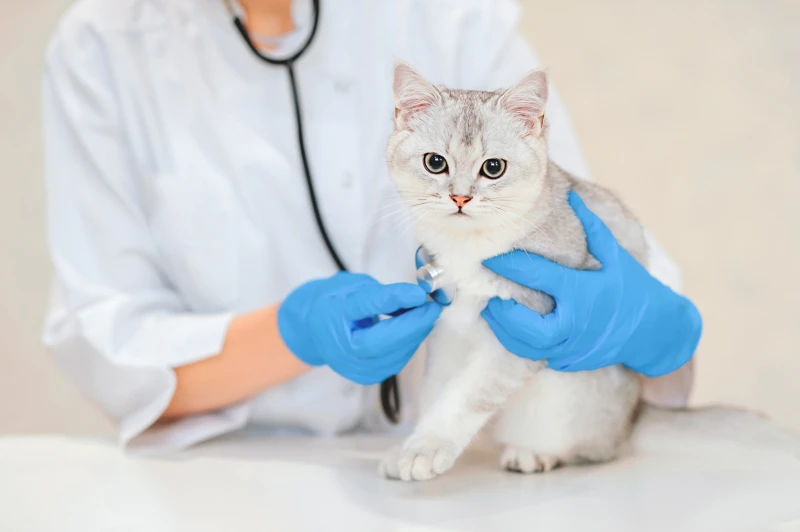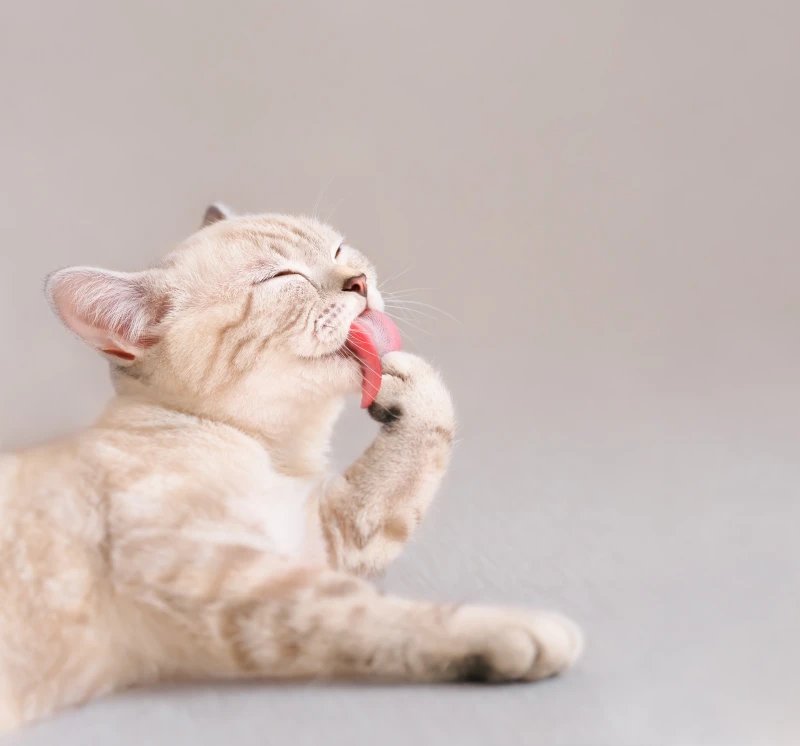People have always been interested in cats because they do strange things and move in subtle ways. They have a lot of different sounds in their language, from soft breathing to sharp meows. It’s there, but it’s not as clear as human words. People who own cats should learn this language together to get along better with their cats. There is a lot of information in this piece about how cats talk, like what their meows, purrs, body language, and other sounds mean.
How cats talk to each other
Cats don’t talk, but they show how they feel, what they need, and what they want with their bodies and sounds. One of the most well-known sounds cats make is the meow. Most people think cats meow at each other in the wild, but that’s not true. Instead, they only talk this way when they’re with other people. Each meow means something different, like “hello,” “please feed me,” or “pay attention.”
Cats also often make the sound of purring. Cats purring often mean they are happy, but it can also mean they are in pain or dislike. It helps cats relax when they are sick or stressed. Cat owners can get a better sense of how their cats feel by observing what they do when they hear their cats purring.
Body language and how people show how they feel
Cats talk not only with their words, but also with their faces and bodies. For example, a cat with ears that are bowed and pupils that are big could be scared or angry, while a cat with ears that are relaxed and pupils that are small is likely happy and calm. Where a cat’s tail is can also tell you something about its mood. Standing tail up means you’re sure of yourself, while tucked tail means you’re scared or giving up.
Cat owners can read these signs to figure out how their pet is feeling and know how to respond. People who own cats can make sure their pets are safe and happy by noticing when their pets are worried or unhappy.
Why setting is important
Although being aware and observing are needed to figure out what cats are saying, it is important to think about the bigger picture when these signs happen. There are times when a cat’s meow could also mean that it is unhappy or uneasy in a different setting. Cats’ body language can also change based on where they are and what they have seen or done in the past.
When cat owners think about recent events, changes in habit, and the cat’s mood, they can better understand why it acts the way it does and give it the care and attention it needs.
The way cats talk to each other changes from place to place.
Like how people speak different languages in different countries, cats can talk in different ways depending on their breed, how they were raised, and how much they are socialized. Let us use Siamese cats as an example. Their voice and expression are known to be stronger than other types.
In the same way, cats that grew up in homes with more than one pet may have different ways of talking to people and other cats. Cat owners can better understand and respond to their cats’ signals if they know about the traits and habits that are specific to their breed.
Why it’s important to connect with animals
How people interact with their cats is the most important thing to know about how cats talk. People who own cats can get their cats to trust and understand them by spending a lot of time with them, giving them treats, and giving them lots of care. This makes talking to each other and being with someone more important.
Things in the world and talking to each other
What the cat is around has a big effect on how it talks to other cats. Things like the amount of noise, the temperature, and the presence of other animals can change the way cats talk. You could say that a cat might make more noise to be heard, or it might change its body language in small ways to talk in a crowded or tense room. Cat owners can make their homes better for their cats by learning how the things around them affect how they talk to each other.
Getting Along Without Words In Between Cats
The main way cats talk to people is through sounds. But when they’re with other cats, they use body language more than words. You can learn a lot about a cat’s goals, social standing, and limits from the way its ears move and its tail flicks. People who own cats can better meet their social needs by watching how their cats connect and other cats. This could mean giving your cat chances to meet new people or making sure it has a place to hide when it needs to.
How to Talk to Your Cats When You Have More Than One
It can be hard to talk when there is more than one cat in the house. Cats can set rules for their group, mark their area, and talk to each other through body language, sounds, and smells. Cats can fight, though, if they can’t talk to each other or if they read each other’s signs wrong. In homes with more than one cat, you can keep the peace by letting the cats play together, making the environment more interesting, and giving each cat its own food, drink, and litter box to avoid competition and stress-causing situations.
Conclusion
It takes time, close attention, and being able to talk to our cats to figure out how they talk. By paying close attention to what they say, reading their body language, and seeing how their faces change when they feel something, we can learn more about how they feel, what they need, and what they want. It’s good for both people and cats that this process makes the bond stronger. We become more than friends when we respect and get to know each other. This is good for our health and happiness.



